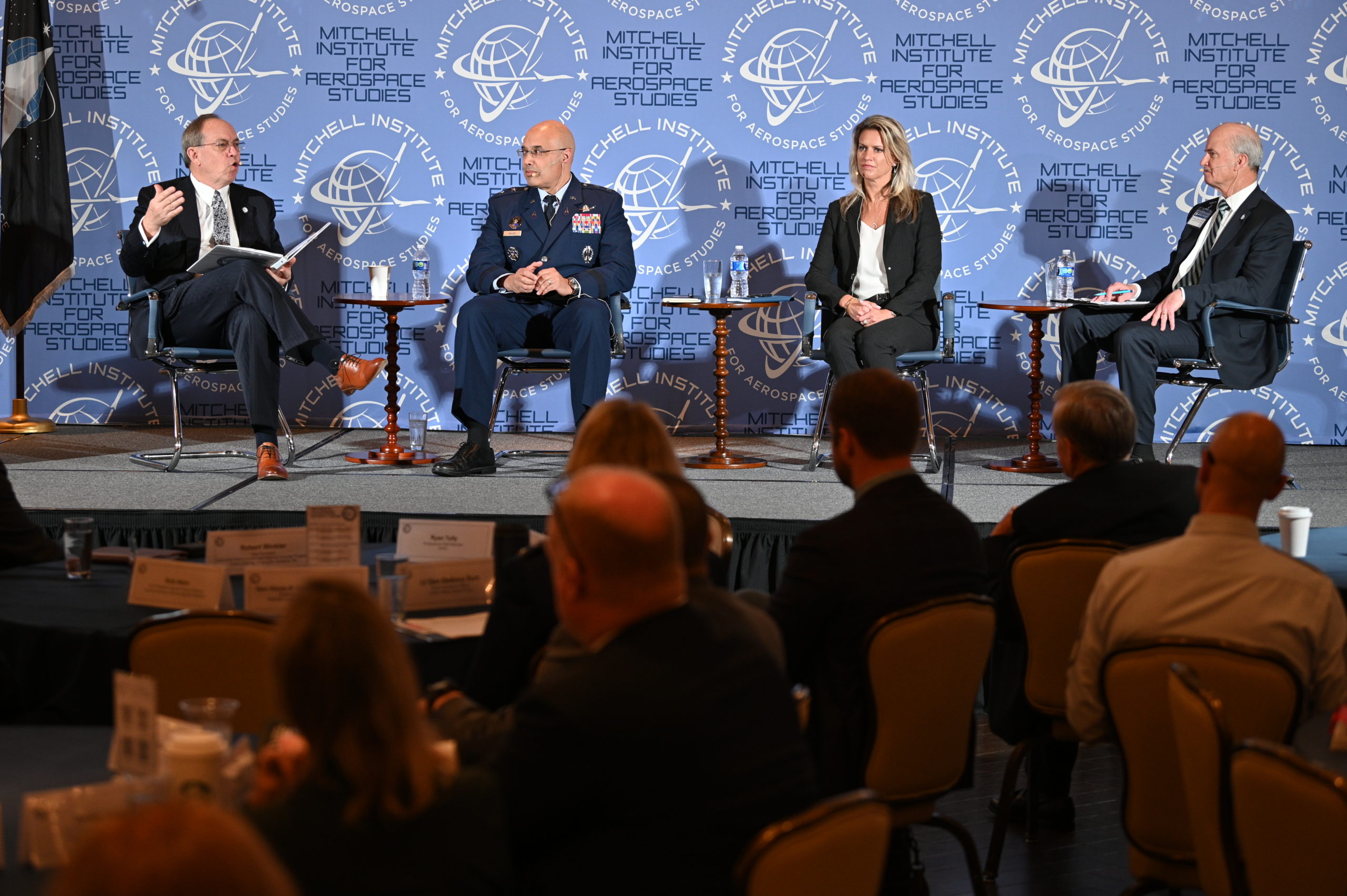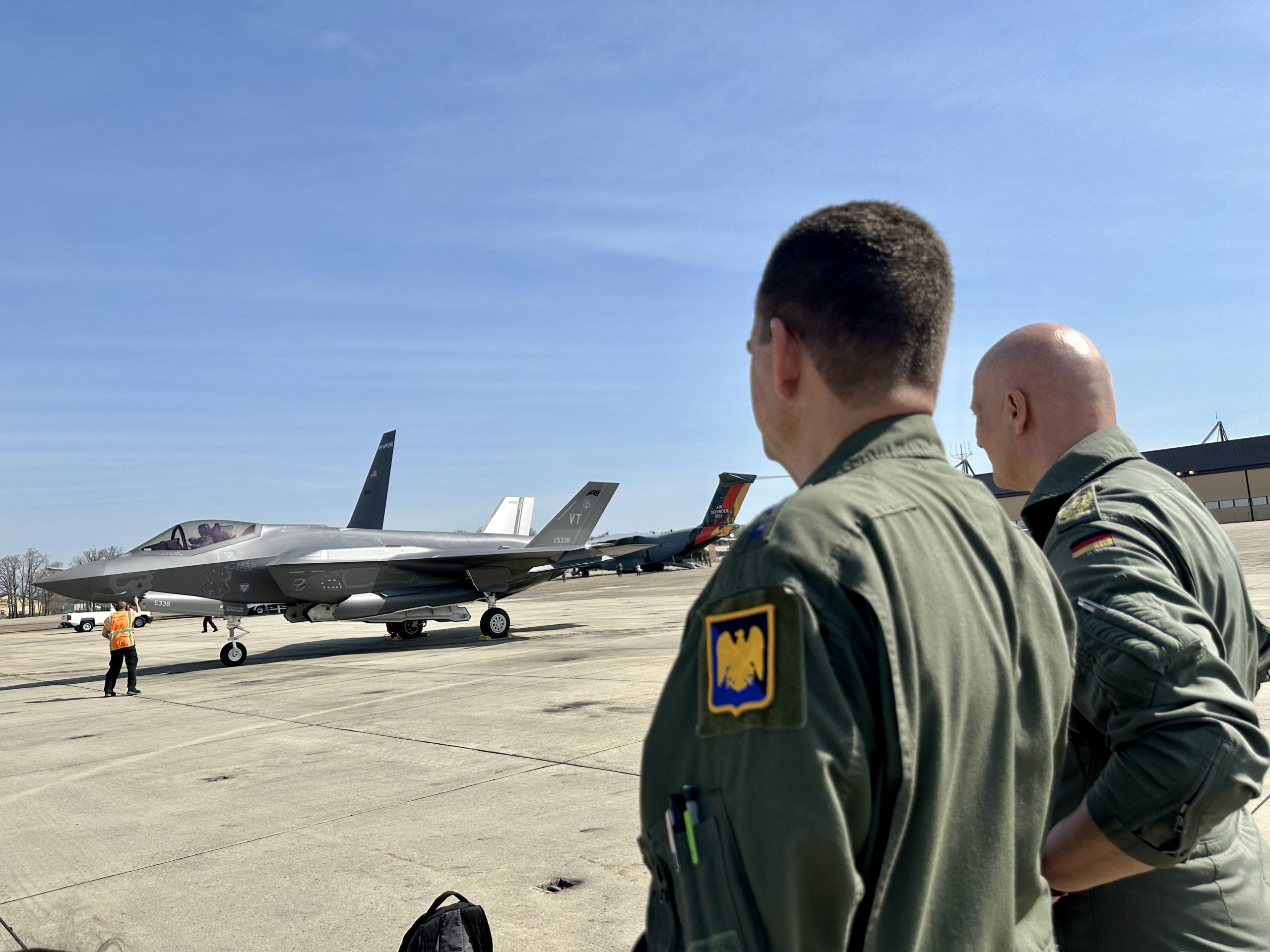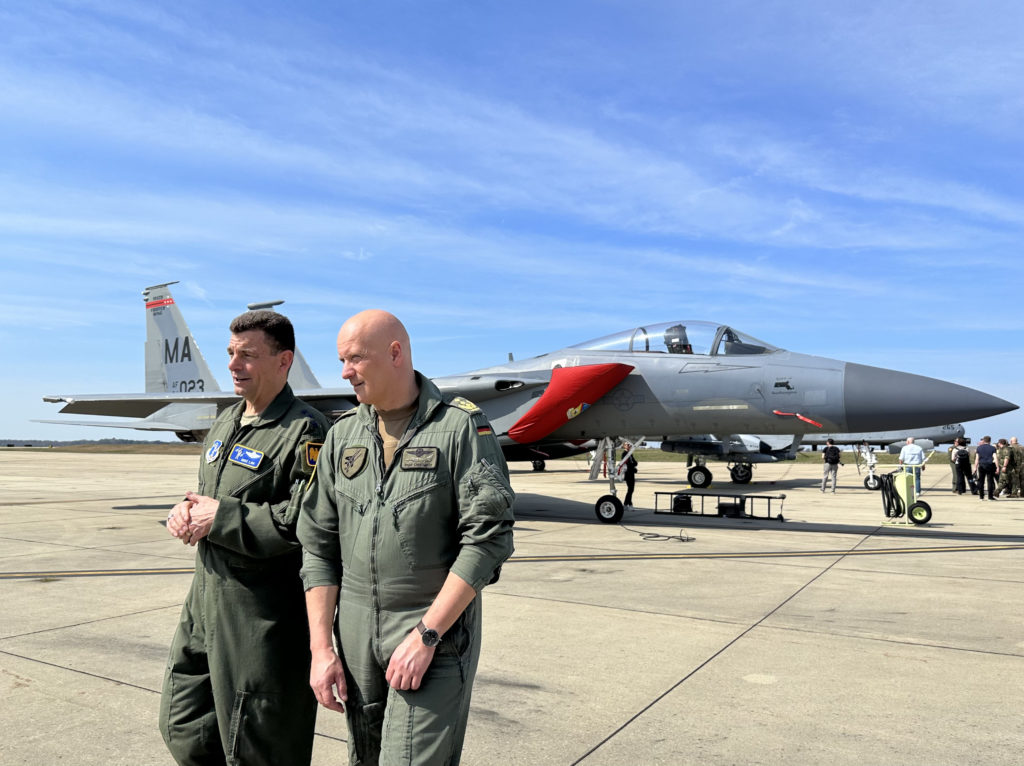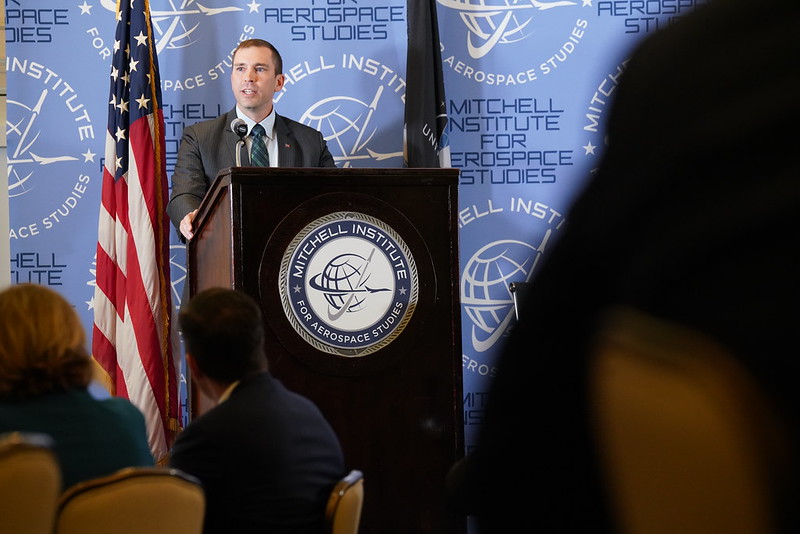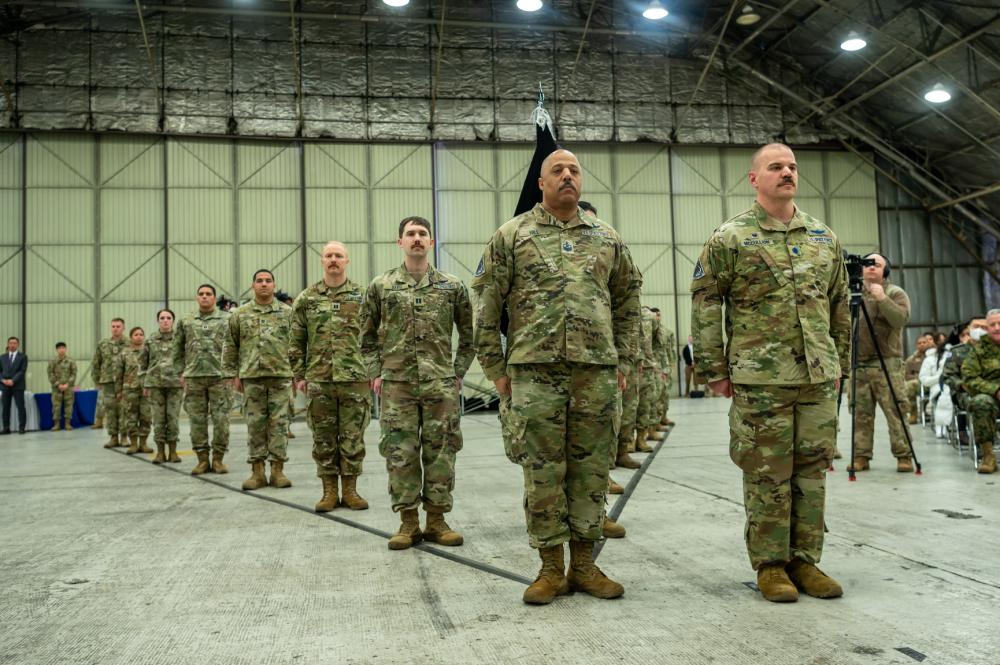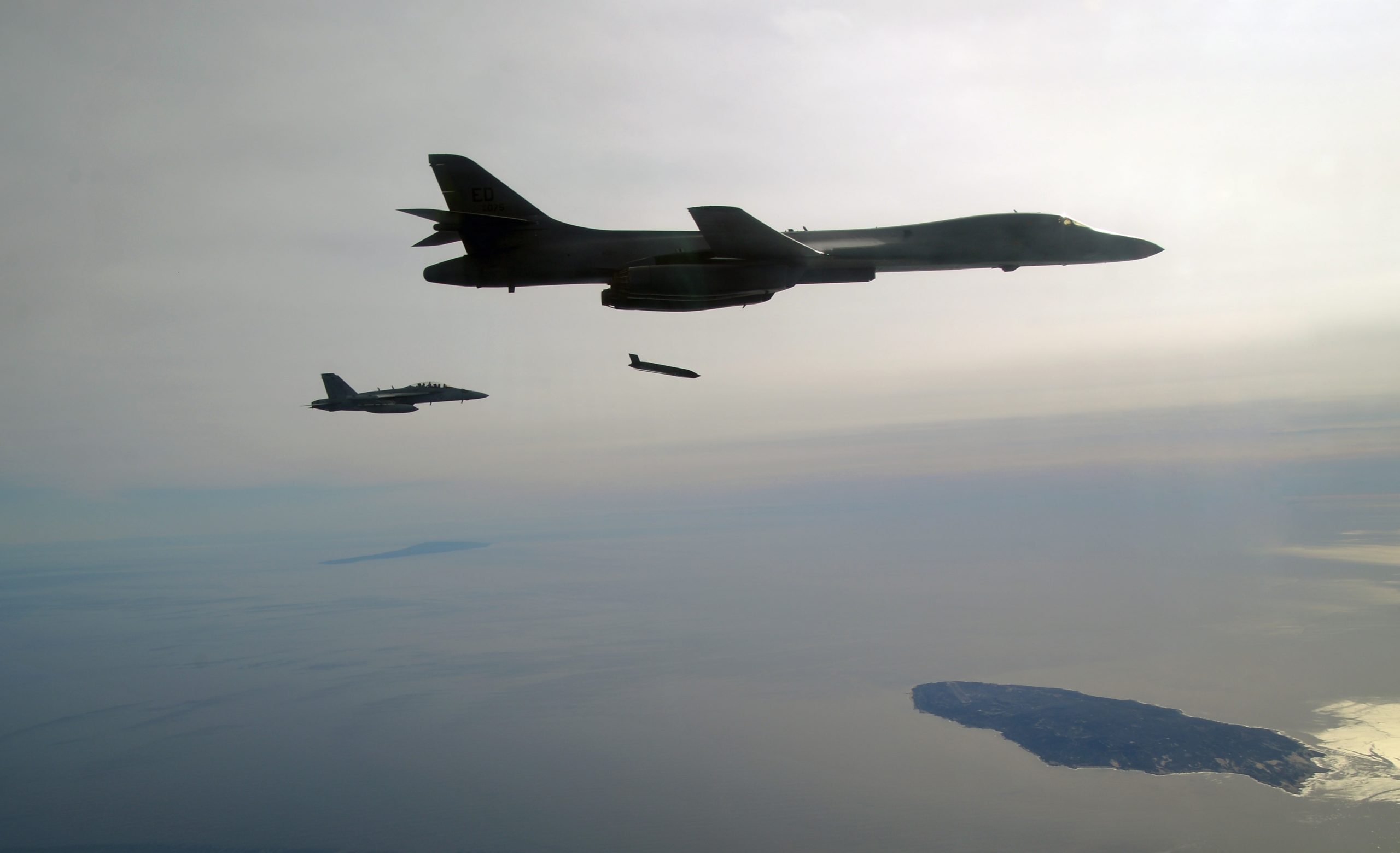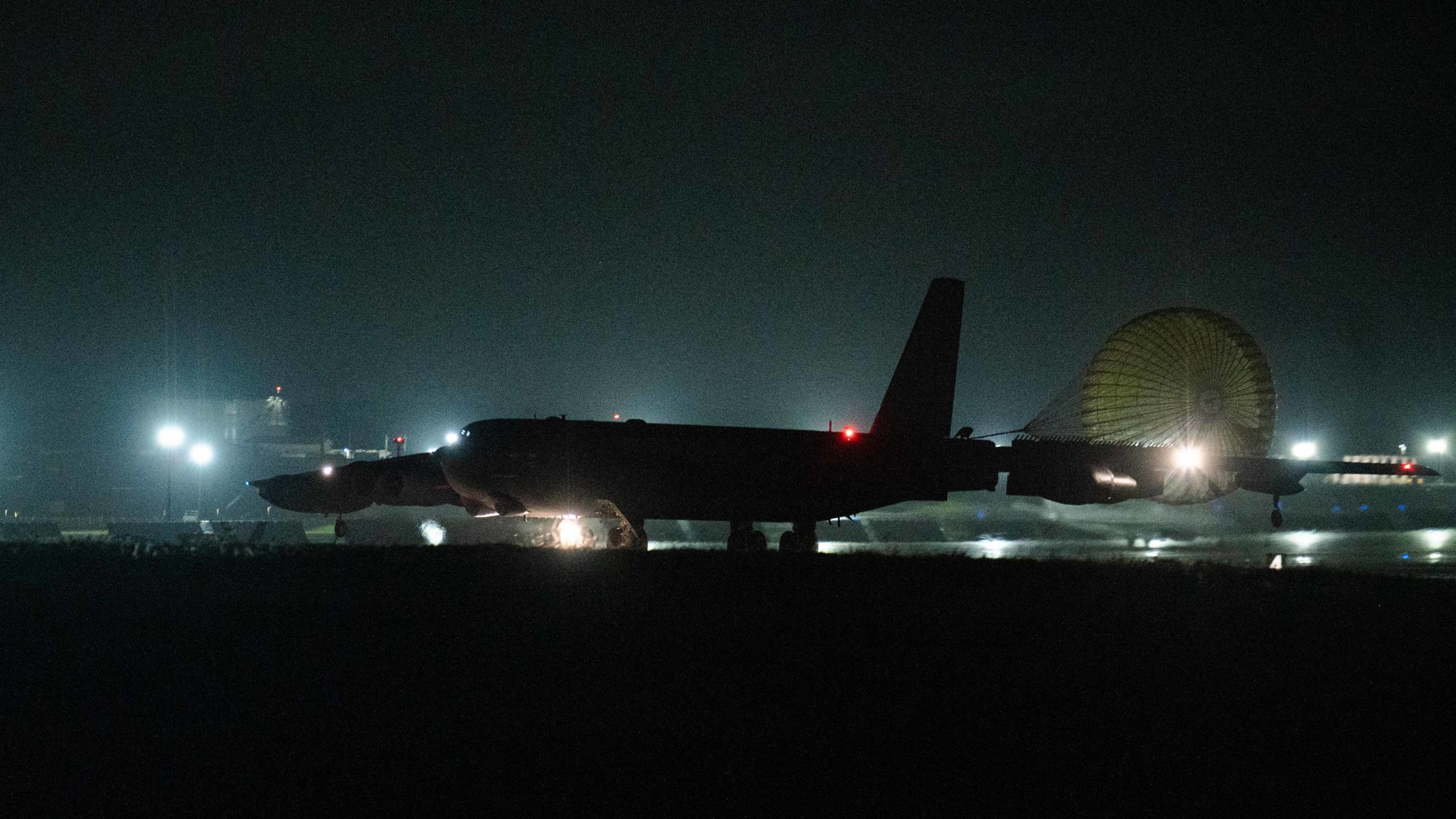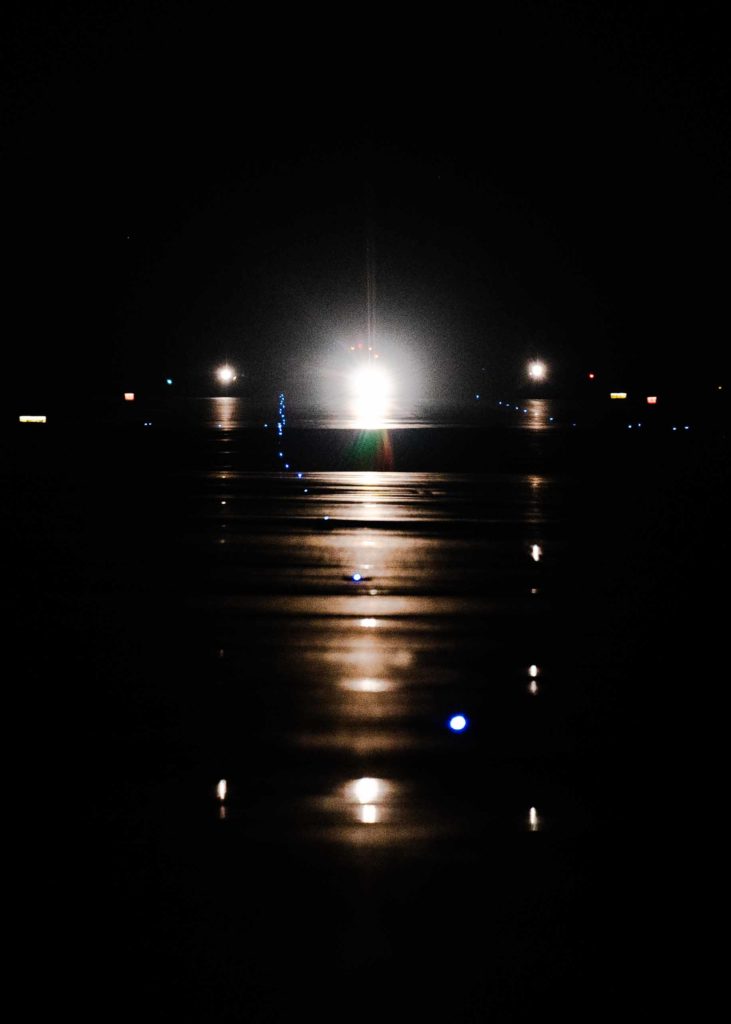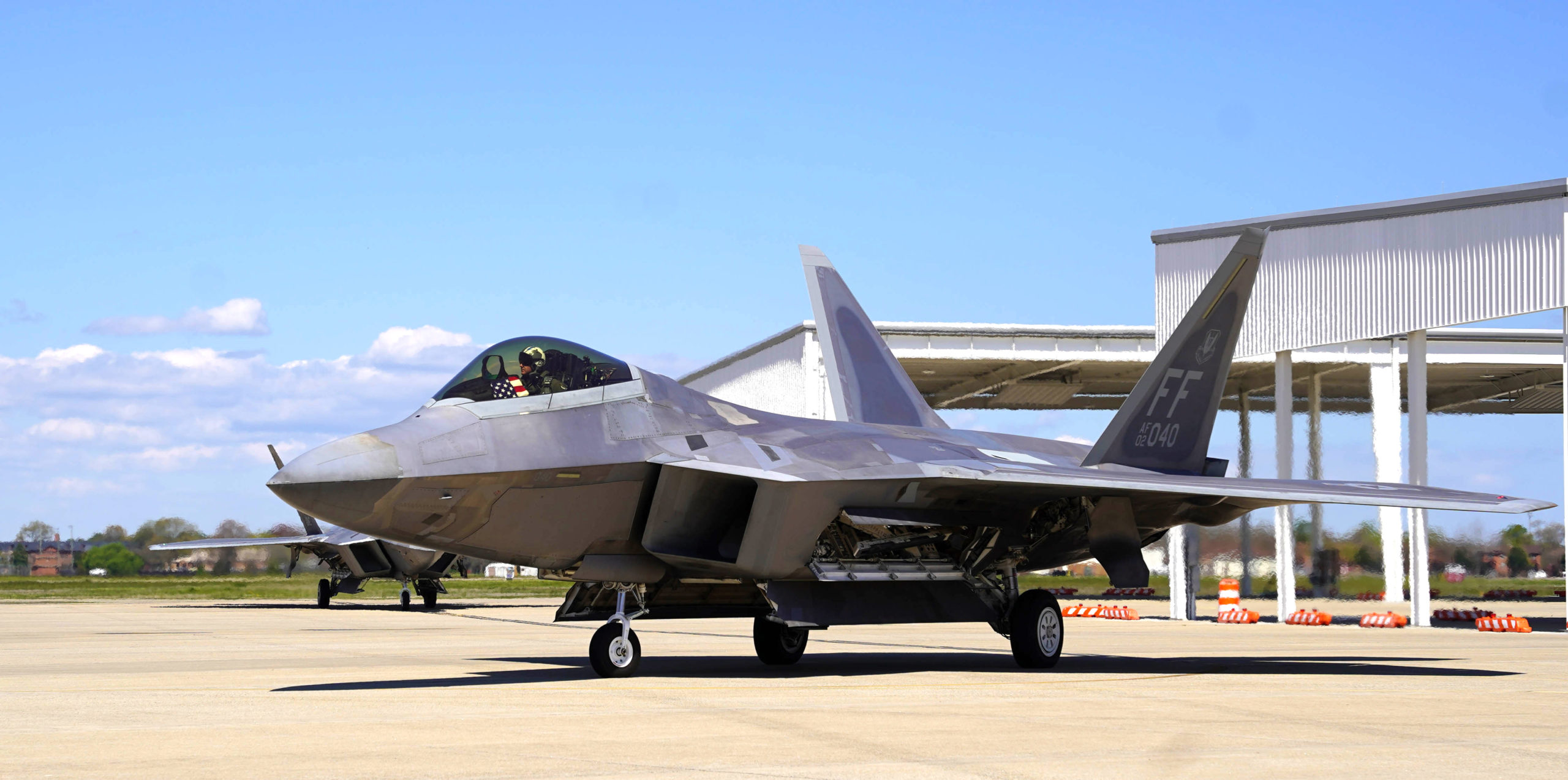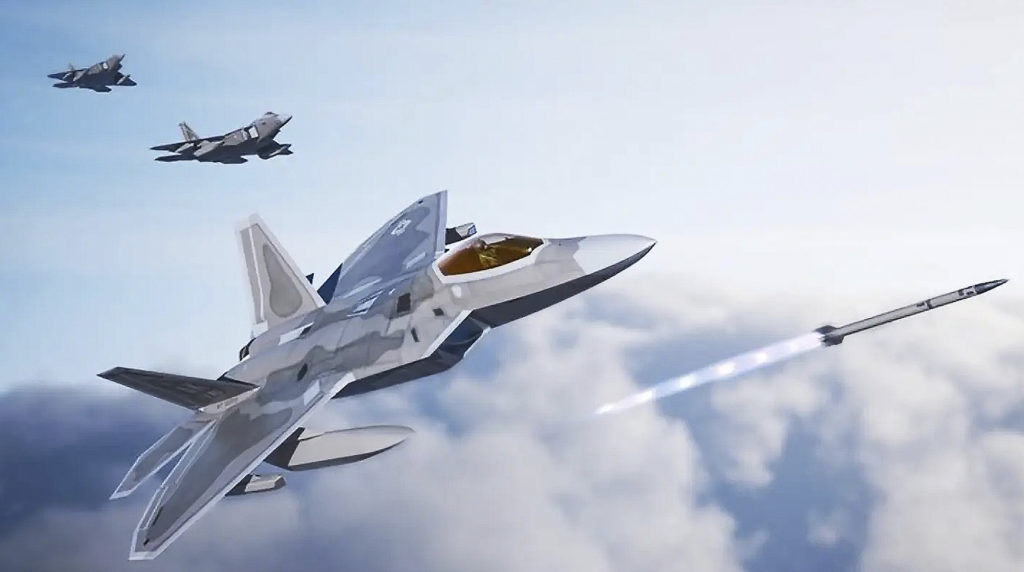Space Force officials have frequently touted the young service’s need for resilience, calling for more satellites in different orbits to deter an adversary’s attack.
But in the complex calculus of deterrence, the Pentagon cannot only rely on defensive measures like proliferated architectures, experts and military leaders said April 5 at the Mitchell Institute’s Spacepower Security Forum. The U.S. also needs offensive options, they said.
“The whole idea of proliferation, of disaggregation, is the defensive part of deterrence equation,” said retired Gen. Kevin P. Chilton, the former commander of Air Force Space Command and current explorer chair of the Mitchell Institute’s Spacepower Advantage Center of Excellence. “And history teaches that that’s never enough—witness the Maginot Line. So I think it’s part of a deterrence strategy, but that deterrence strategy also needs to have the offensive threat to signal to the adversary, to deter them from attacking.”
The Space Force’s offensive capabilities are mostly hidden behind a veil of classification—much to the chagrin of some national security observers. However, Maj. Gen. David N. Miller, director of operations, training, and force development for U.S. Space Command, said that the Pentagon is working to ensure it can respond as necessary.
“If we can’t fight through that initial salvo or whatever [an adversary’s] demonstration is, and demonstrate some level of resilience—that we’re going to be able to not just take it, but respond, then it’s not credible,” Miller said. “We will take, at the time of our choosing, whatever the response that we think appropriate. But it is not something that we’re sitting on our hands waiting for, and I want to assure Gen. Chilton that we’re getting after it. We are in a transition from a permissive force design to a warfighting force design.”
The issue of a combat-credible force postured to hold adversaries’ assets at risk is one that Chief of Space Operations Gen. B. Chance Saltzman has highlighted in both his “Lines of Effort” and his “Competitive Endurance” theory. He noted it again during a keynote address.
“A resilient force can deter attacks and, when necessary, withstand, fight through, and recover rapidly from them,” Saltzman said. “A ready force has the training, tactics, and operational concepts required to accomplish mission across the spectrum of operations—from competition to high-intensity conflict. A combat-credible force has the demonstrated ability to execute and sustain operations in the face of a determined adversary.”
In particular, Saltzman has advocated for responsible counterspace operations—the U.S. cannot have a “Pyrrhic victory” in space in which it wreaks damage that endangers its own assets. That marks a dramatic change from years past, said retired Lt. Gen. David A. Deptula, dean of the Mitchell Institute.
“It wasn’t that long ago that you couldn’t say space and offense in the same sentence together,” Deptula said.
But tangible offensive capabilities are crucial to convincing adversaries an attack is not worth it, Chilton argued.
“The adversary has got to doubt that they can effectively take out all the capabilities that our joint force relies to conduct operations,” Chilton said. “They have to doubt that they can achieve that, they have to doubt that they can blind our operational level from a tactical level and cut off their communications. And they must also believe that we have the capability and the will, and it would be best if we could demonstrate that, to hold immediately their space architecture at risk that they depend on to maintain control of their forces.”
What exactly those capabilities are will likely remain unknown to the public for now. At the AFA Warfare Symposium last month, Saltzman told reporters he is “comfortable” with the Space Force’s current level of public disclosure.
“I think we have the ability to deter and show enough capability through resiliency to disincentivize the attacks,” Saltzman said. “The idea of reveal and conceal—that’s almost a way of saying, ‘If an adversary is not paying attention to you, are they deterred by you?’ You can talk yourself into a lot of circles about, ‘If I don’t know there’s a capability, will that deter me from something?’ That’s not how we need to talk about deterrence in space. I think I can set the conditions that make any attack into space impractical, non-mission-impacting, self-defeating to some degree.”
